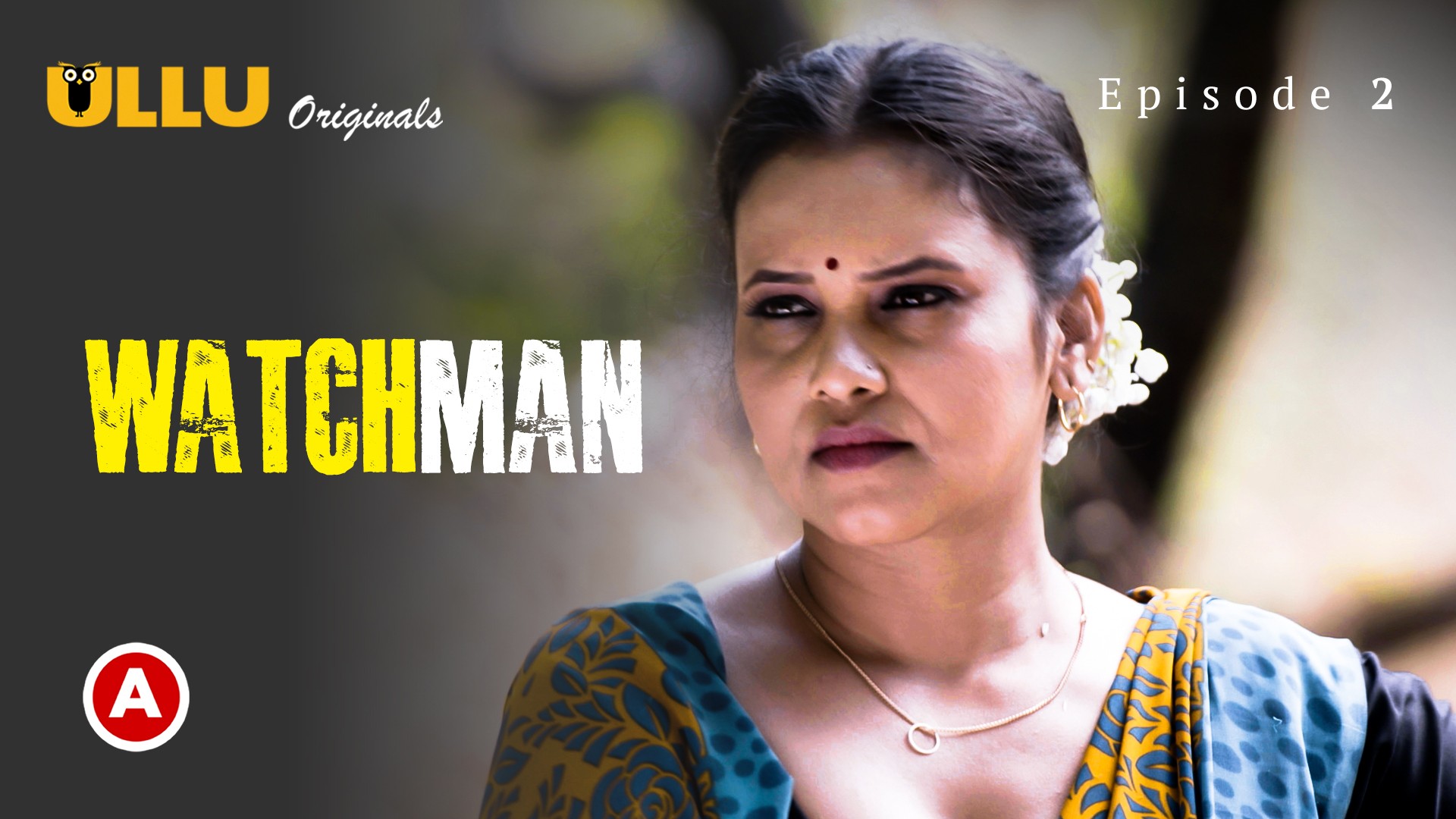Aagmaal: Unlocking The Hidden Secrets Of India's Favorite Dessert
When it comes to Indian desserts, aagmaal is like the cool kid in town that everyone's talking about but not everyone knows how to pronounce. This creamy, dreamy treat has been stealing hearts for generations, and trust me, once you taste it, you'll be hooked. Aagmaal isn’t just a dessert; it’s an experience, a journey into the heart of Indian culinary artistry. So, if you’re ready to dive deep into the world of this sweet sensation, grab your spoon and let’s get started.
Aagmaal has this magical way of turning a regular day into a celebration. Whether it’s a family gathering or just a quiet evening at home, this dessert has the power to bring people together. It’s like the glue that holds memories together, sweet and sticky in all the right ways.
Now, before we jump into the nitty-gritty details, let’s talk about why aagmaal is so special. Unlike other desserts that might fade into the background, aagmaal demands your attention. It’s bold, it’s flavorful, and it’s packed with history. So, if you’re ready to learn more about this dessert that’s been captivating taste buds for centuries, let’s dive in!
Read also:Divaflawless Porno
What Exactly is Aagmaal?
Aagmaal, in its simplest form, is a dessert that combines the goodness of milk, sugar, and a hint of cardamom to create a flavor that’s both familiar and exciting. Think of it as the Indian version of pudding, but way better. The texture is smooth, the taste is rich, and the aroma is simply irresistible.
But here’s the kicker—there’s more to aagmaal than just its taste. This dessert has a rich history that dates back centuries, making it not just a treat for the taste buds but also a piece of cultural heritage.
The History Behind Aagmaal
Let’s take a trip back in time to understand where aagmaal comes from. This dessert has its roots in the royal kitchens of India, where chefs would spend hours perfecting the recipe. Back in the day, aagmaal was a luxury only the wealthy could afford, but over time, it became a staple at family gatherings and festivals.
Interestingly, the name "aagmaal" itself is steeped in history. It’s believed to have originated from the Persian word for "first gift," symbolizing the importance of sharing this dessert with loved ones. And isn’t that what makes it so special? It’s not just about the taste; it’s about the tradition and the memories it creates.
Why Aagmaal is a Cultural Icon
Aagmaal isn’t just a dessert; it’s a cultural icon. In many parts of India, it’s served at weddings, festivals, and other special occasions. It’s a symbol of hospitality and generosity, and no celebration is complete without it.
Here’s a fun fact: In some regions, aagmaal is believed to bring good luck. So, if you’re ever invited to an Indian wedding and you see a big pot of aagmaal on the table, consider it a sign of good fortune!
Read also:Taylor Breesey Real Name The Untold Story Behind The Tiktok Sensation
The Ingredients That Make Aagmaal Special
So, what goes into making this magical dessert? The key ingredients are simple: milk, sugar, cardamom, and a pinch of saffron. But don’t be fooled by their simplicity—these ingredients come together to create a flavor that’s nothing short of extraordinary.
Milk forms the base of aagmaal, giving it that creamy texture we all love. Sugar adds the sweetness, while cardamom and saffron give it that distinct aroma that makes your mouth water. And let’s not forget the nuts—almonds, pistachios, and cashews are often added for a bit of crunch and extra flavor.
Tips for Choosing the Best Ingredients
When making aagmaal, the quality of your ingredients matters. Here are a few tips to help you choose the best:
- Use full-fat milk for a richer flavor and creamier texture.
- Opt for organic sugar if possible—it adds a depth of flavor that regular sugar just can’t match.
- Choose high-quality cardamom pods and grind them yourself for the best aroma.
- Don’t skimp on the saffron—it’s expensive, but it’s worth it for the flavor and color it adds.
How to Make Aagmaal at Home
Making aagmaal at home is easier than you might think. All you need is a bit of patience and some basic kitchen skills. Here’s a step-by-step guide to help you get started:
First, heat the milk in a heavy-bottomed pan and let it simmer for about 30 minutes. This step is crucial as it helps to reduce the water content and intensify the flavor. Once the milk has thickened, add the sugar and stir until it dissolves completely.
Next, add the cardamom powder and a pinch of saffron. Let the mixture simmer for another 10-15 minutes, stirring occasionally to prevent it from sticking to the bottom of the pan. Finally, garnish with chopped nuts and serve hot or chilled. Easy, right?
Common Mistakes to Avoid
While making aagmaal might seem straightforward, there are a few common mistakes that can ruin your dessert. Here are a few things to watch out for:
- Don’t rush the process—let the milk simmer slowly to develop its flavor.
- Avoid adding too much sugar—it should complement the other flavors, not overpower them.
- Be careful not to burn the milk—it can ruin the entire batch.
Variations of Aagmaal
While traditional aagmaal is delicious in its own right, there are plenty of variations to try. Some people like to add fruits like mango or banana for a tropical twist, while others prefer to experiment with different spices like cinnamon or nutmeg.
Here are a few popular variations to consider:
- Mango Aagmaal: Add pureed mango to the mixture for a sweet and tangy flavor.
- Rose Aagmaal: Infuse the milk with rose water for a floral twist.
- Kesar Aagmaal: Use more saffron for a deeper color and flavor.
Experimenting with Your Own Recipes
Don’t be afraid to get creative with your aagmaal recipes. Whether it’s adding a splash of vanilla extract or experimenting with different nuts, the possibilities are endless. Just remember to keep the basic recipe intact so you can still taste that classic aagmaal flavor.
Health Benefits of Aagmaal
Believe it or not, aagmaal isn’t just delicious—it’s also good for you. Milk is packed with calcium and protein, making it a great choice for maintaining strong bones and muscles. Saffron is known for its anti-inflammatory properties, while cardamom can help aid digestion.
Of course, like all good things, moderation is key. While aagmaal is healthy in small amounts, overindulging can lead to weight gain. So, enjoy it in moderation and savor every bite!
Aagmaal in Modern Cuisine
In recent years, chefs around the world have been experimenting with aagmaal, incorporating it into modern dishes and desserts. From aagmaal ice cream to aagmaal cakes, this classic dessert is getting a new lease on life.
Here are a few modern takes on aagmaal that you might want to try:
- Aagmaal Cheesecake: Combine the creaminess of cheesecake with the flavors of aagmaal for a dessert that’s sure to impress.
- Aagmaal Macarons: Fill these delicate French cookies with aagmaal-flavored ganache for a fusion treat.
- Aagmaal Smoothie: Blend milk, mango, and a bit of aagmaal for a refreshing drink that’s perfect for summer.
Why Aagmaal is Trending
So, why is aagmaal suddenly trending? The answer lies in its versatility. This dessert can be adapted to suit any palate, whether you prefer something sweet and simple or complex and sophisticated. Plus, with the rise of fusion cuisine, chefs are finding new and exciting ways to incorporate aagmaal into their menus.
Where to Find Aagmaal
If you’re not in the mood to make aagmaal yourself, don’t worry—there are plenty of places where you can find it. From local sweet shops to high-end restaurants, aagmaal is available in a variety of forms.
Here are a few places to check out:
- Traditional Sweet Shops: These are the best places to find authentic aagmaal made using age-old recipes.
- Indian Restaurants: Many Indian restaurants offer aagmaal as a dessert option, often with a modern twist.
- Grocery Stores: Some stores now sell pre-made aagmaal, making it easier than ever to enjoy this delicious treat.
Tips for Finding the Best Aagmaal
When looking for aagmaal, here are a few tips to keep in mind:
- Ask locals for recommendations—they’ll know where to find the best aagmaal in town.
- Read reviews before trying a new place—this can help you avoid disappointment.
- Don’t be afraid to try different varieties—you never know which one you’ll like best!
Conclusion
In conclusion, aagmaal is more than just a dessert—it’s a cultural icon, a symbol of tradition, and a treat that brings people together. Whether you’re making it at home or trying it at a restaurant, aagmaal is sure to leave a lasting impression on your taste buds.
So, what are you waiting for? Go ahead and try this delicious dessert for yourself. And don’t forget to share your experience in the comments below—we’d love to hear from you!
And if you enjoyed this article, why not check out some of our other content? We’ve got plenty of articles on Indian cuisine and culture that are sure to interest you. Happy reading, and happy eating!
Article Recommendations


